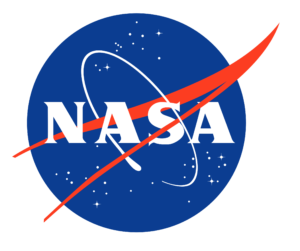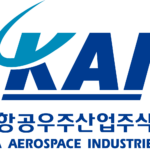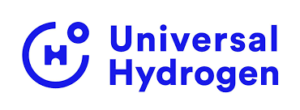Aerospace Engineering Design & Simulation Software Solutions
Modelon’s cloud-native platform, Modelon Impact, enables accurate physical modeling and simulation for aircraft systems and sub-systems.
Home » Industries » Aerospace System Simulation Solutions
Modelon’s cloud-native platform, Modelon Impact, enables accurate physical modeling and simulation for aircraft systems and sub-systems.
Meet Modelon Impact – a cloud platform for designing, simulating, and analyzing physical systems. Our aerospace simulation experts have equipped Modelon Impact with everything your team needs to perform accurate and actionable physical modeling and simulation for a wide range of aircraft types.
System simulation elevates engineering teams to new levels of productivity and innovation. Be at the forefront of cutting-edge aircraft design with Modelon Impact.
Make better decisions about aircraft system architectures with quick and accurate simulation results.
Simulate aircraft performance for hydrogen powered and electric aircraft with customizable performance parameters.
Test novel concepts on existing aircraft systems using state-of-the-art model components.
Seamlessly work with internal and external teams on the cloud to streamline and optimize the development process.
Develop and analyze propulsion architectures for zero-emission aircraft leveraging onboard hydrogen storage and fuel cells. Compute their performance and transient behavior as individual components, or combine them with heat management, electric drives, and controls for integrated studies. Consider cryogenic and gaseous tanks, hydrogen evaporators, humidifiers, stacks, ducted fans or propellers, and hybrids including gas turbine hydrogen combustion.
Plan and assess cooling systems ranging from light air cycles (“environmental control systems”) to highly efficient vapor cycles. Analyze their dynamics and performance as standalone systems or integrated with liquid cooling systems and the fuel system. Consider different heat exchangers, compressors, turbines, pumps, and ejectors. Select suitable refrigerants and coolants.
Design and rate actuation systems using hydraulic, pneumatic, and electro-mechanical technology. Predict trade-offs and transient response in isolation or integrate with controls and the power supply network. Use actuators for braking or flight control surfaces, hydraulic and pneumatic mechanisms in landing gear dampers, and devise landing gear kinematics. Consider different cylinders, orifices, valves, lines, bogies, tires, and struts.
Size and evaluate on- and off-design performance in both commercial and military applications. Analyze cycle performance and dynamics in different configurations, like turbojets, turbofans, and turboprops.
Construct and assess secondary power networks delivering pneumatic, hydraulic, and electrical power. Integrate auxiliary power units, fuel cells, and emergency power for continuous operation of essential aircraft functions.
Size and analyze fixed-wing aircraft. Compute trade-offs between masses, engine ratings, climb rate, endurance as well as range, and evaluate alternatives for optimal choices. Leverage aircraft models as a platform for synthesizing and assessing aircraft sub-systems.
As meaningful, expand from three-degrees of freedom models investigating full mission profiles to high fidelity six-degrees of freedom aircraft covering complete flight dynamics.
Build and evaluate propulsion systems ranging from fully electric concepts to hybrids combining electric power and gas turbine. Study the power train dynamics and sizing trade-offs by themselves, or integrate with thermal management, aircraft sizing, and performance, or propeller/fan-based thrust generation. Consider different batteries, electric machines, inverters, breakers, ducted fans or propellers, turbofan, and turboprop cycles.



Gregory Leaper
Senior Engineering Manager, Collins Aerospace

The Fuel System Library provides an industry-proven foundation for the model-based design of aircraft fuel systems. It is being applied successfully to KAI’s latest program KF-X and is helping KAI make better informed decisions to optimize the product.

Changsoo Lee
Korea Aerospace Industries, Ltd.
“It was quite striking how easy it is to see and compare results with different models. It’s much more intuitive with Modelon. The time to get an answer using simulation got reduced by a factor of 2 to 3.”
Théophile Coutant
Liquid Hydrogen Design Engineer, Universal Hydrogen

Case Study
Blog
Blog
You’ve got ambitious projects that need the right expertise. We’ve got the experience to steer you in the right direction. From our world-class modeling experts to instructor-led and self-guided training, we’re here to guide you to success.
Always at hand to help our customers be at their most productive.
Deep industry knowledge and specialization to help with the most niche applications.
Get in touch today to see how Modelon Impact can help you with your system simulation and product design journey.